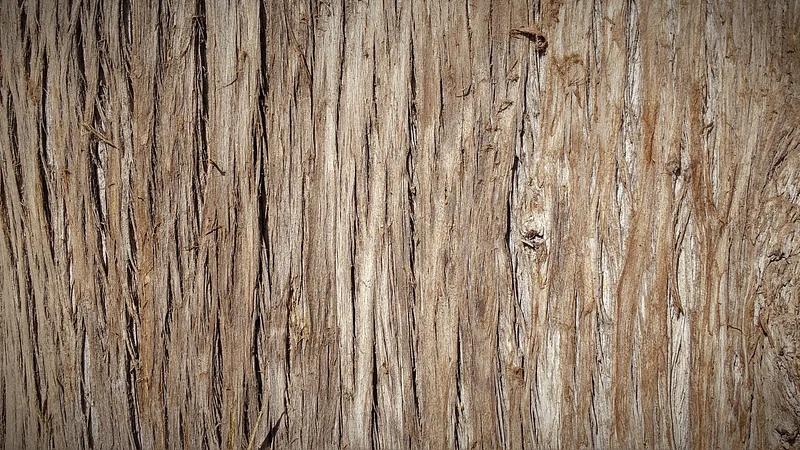You’re probably wondering, ‘how long can plywood withstand rain?’ It’s a concern for any DIY enthusiast or professional builder.
A few showers of rain to your plywood is okay for as long as it is not exposed for too long. A few minutes would be okay but a longer exposure would ruin your plywood.
However there are waterproofed or marine quality plywoods that are meant for outdoor use that can withstand rain. Even then, these types of plywood will deteriorate if proper care is not applied.
Key Takeaways
- Long-term exposure to rain can cause warping, rot, and delamination of plywood.
- Waterproof sealants or paint can provide protection against moisture.
- Alternative materials like pressure-treated wood or marine-grade plywood have higher resistance to moisture.
- Regular assessment and prompt repair of rain-damaged plywood are necessary to prevent further damage.
Understanding Plywood and Its Properties
While you’re familiarizing yourself with plywood, it’s crucial that you understand its properties, as they’ll dictate how you can use it.
The plywood manufacturing process involves bonding layers of wood veneer together under heat and pressure. This gives plywood its strength and stability.
However, long-term exposure to water can compromise this stability, leading to potential warping or rot.
The Impact of Rain on Plywood
Over time, rain can cause plywood to warp, rot, or delaminate. That’s why it’s crucial to use waterproofing techniques.
For instance, applying a waterproof sealant or paint can form a barrier against moisture, providing extra protection.
Additionally, covering plywood with a waterproof material, like a tarp, when not in use can be beneficial.
If you’re searching for plywood alternatives, consider using pressure-treated wood, marine-grade plywood, or even plastic sheets. These materials have higher resistance to moisture and can withstand prolonged exposure to rain. Remember, your choice should align with your project’s needs and budget.
Make an informed decision to ensure longevity and effectiveness.
Protective Measures for Plywood in Rainy Conditions
Surprisingly, you don’t always have to resort to alternatives; there are several protective measures you can take to safeguard plywood in rainy conditions.
- Rainproof Coatings: You can apply water-resistant paints or stains, which create a barrier that repels water, reducing the chance of water absorption.
- Moisture Barriers: Another effective method is using a moisture barrier film. It’s a protective layer that prevents moisture penetration.
- Proper Storage: Lastly, don’t neglect the importance of proper storage. You should store plywood in a dry area, off the ground, covered with a tarp.
These measures don’t guarantee 100% protection, but they significantly decrease water damage risks. Understanding and implementing these strategies will help preserve your plywood’s integrity, even in adverse weather conditions.
Signs of Damage in Rain-Exposed Plywood
In assessing plywood that’s been out in the rain, you’ll need to look for signs of damage such as warping or discoloration, and also be mindful of a musty smell, which can indicate mold growth.
The water absorption effects on plywood can be destructive, causing structural instability. It’s crucial to check for swelling or delamination—signs that water has penetrated the layers of the plywood.
Also, pay attention to rot development speed. This is accelerated in wet conditions, making the plywood prone to decay. Dark spots or a crumbly texture are signs of this.
Tips to Repair Rain-Damaged Plywood
Once you’ve identified any damage, it’s vital to begin repairs on your rain-damaged plywood as soon as possible. Damage Assessment is the first step in this process.
Here are three tips to help you do just that:
- Cut Out the Damaged Area: Remove the affected portion of the plywood with a circular saw. Ensure you’re wearing the proper safety gear.
- Replace the Plywood: Insert a new piece of plywood into the cut-out area and secure it with screws.
- Use Waterproofing Techniques: Apply a waterproof sealant to the replaced plywood to protect it from future rain damage.


Leave a Reply